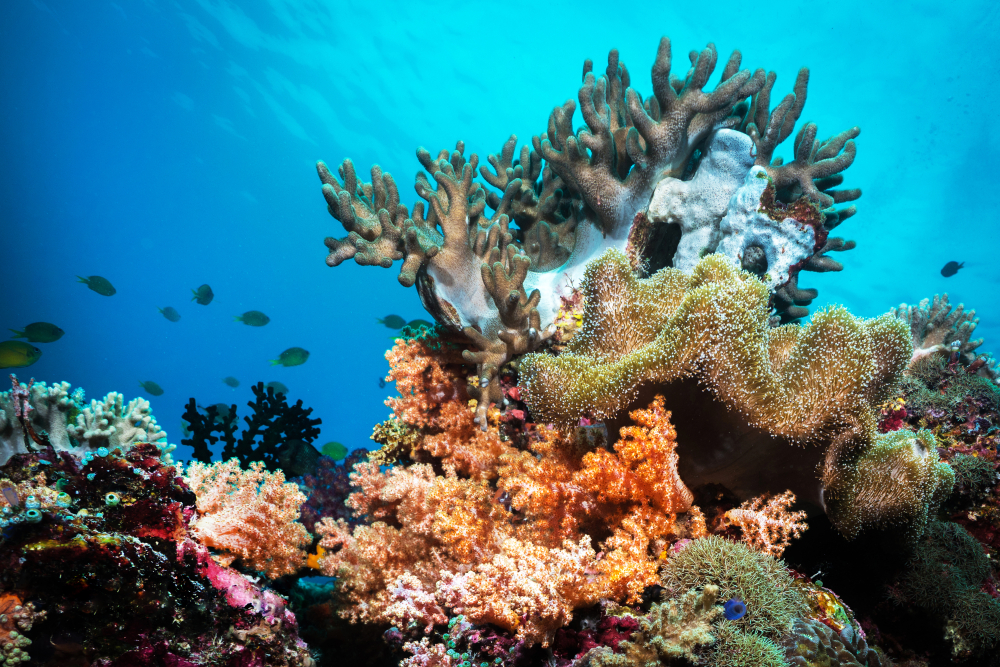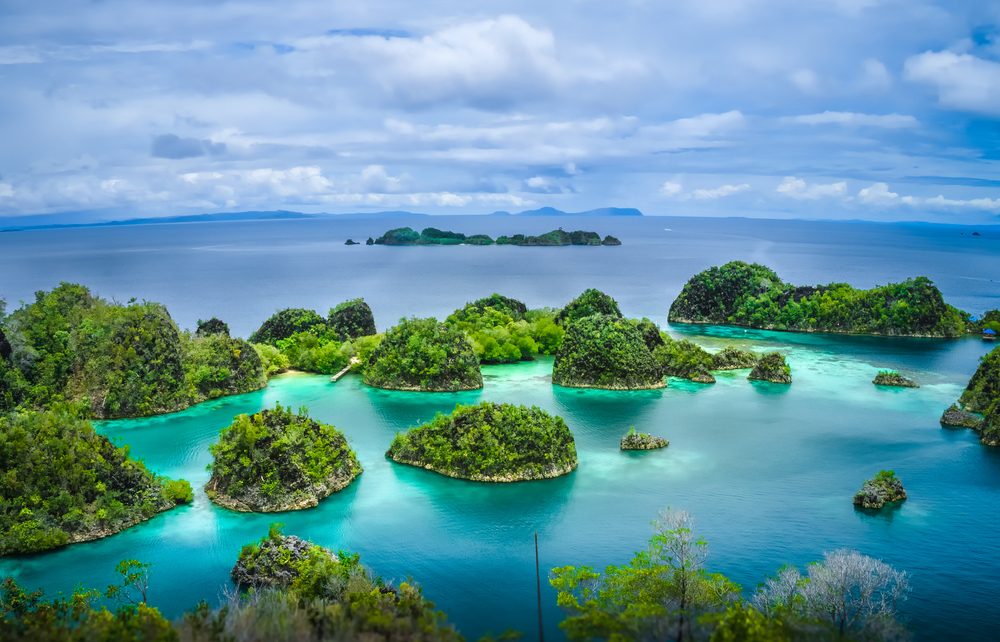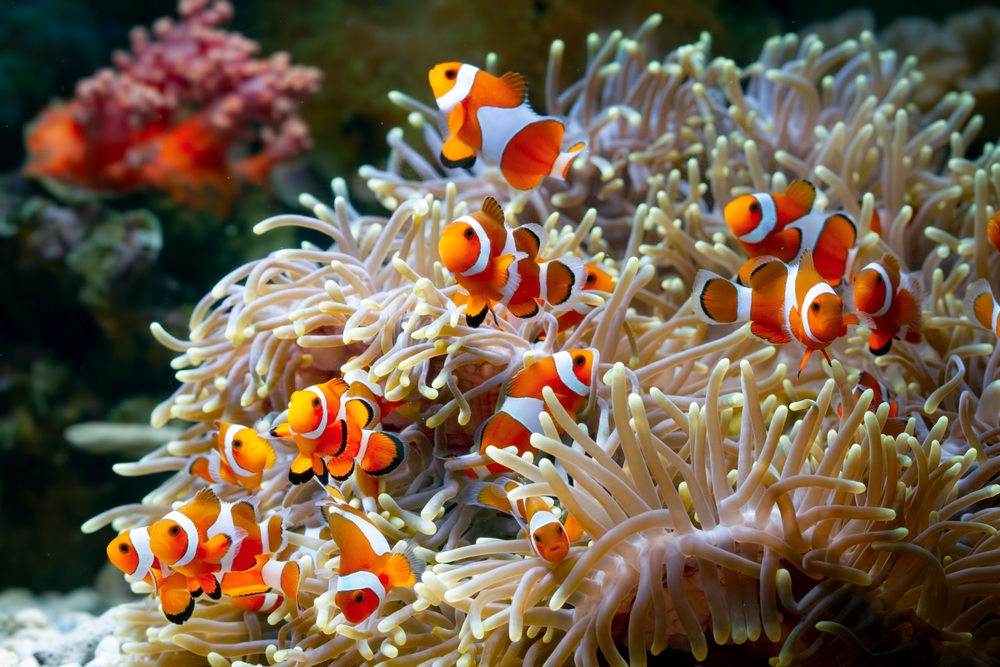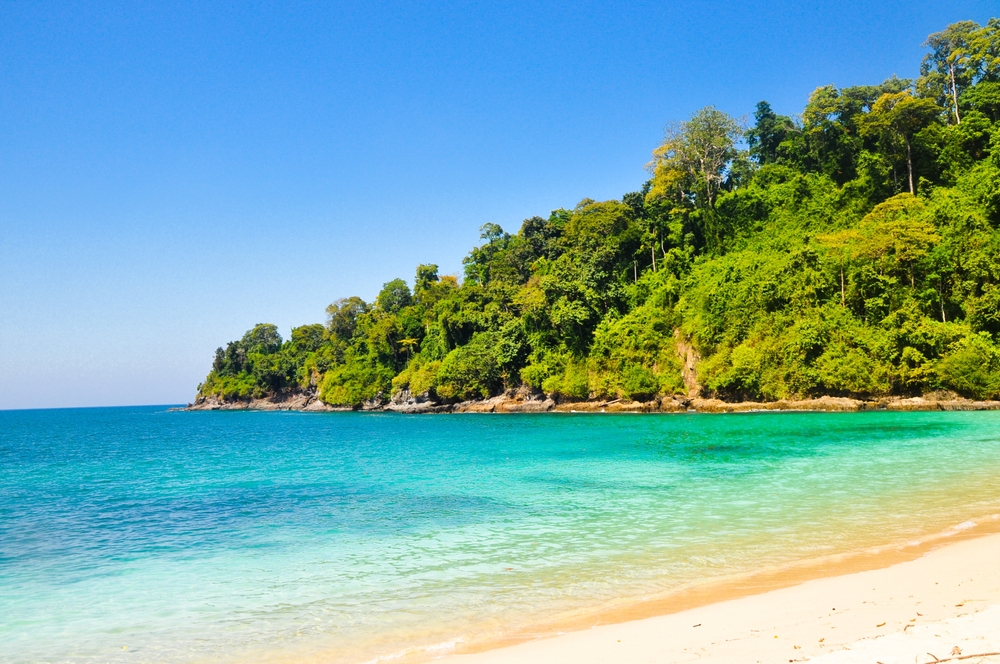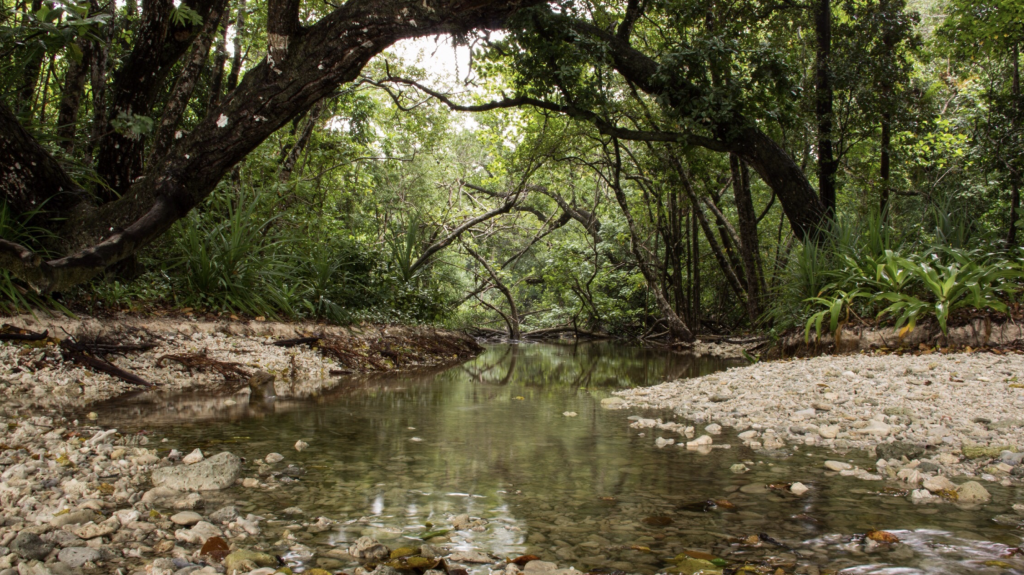Wakatobi Overview
Wakatobi National Park, located in the Sulawesi Tenggara province of Indonesia, encompasses a breathtaking area of 5,342 square miles (13,900 square kilometers). Its name derives from the initial letters of four main islands in the park: Wangi-Wangi, Kaledupa, Tomia, and Binongko, and in the local language, it is simply referred to as “Wakatobi.”
Positioned within the Coral Triangle, the park is a global hotspot for marine biodiversity and a jewel of Indonesia’s conservation efforts. The terrain of Wakatobi National Park is dominated by coral reefs, underwater walls, and shallow lagoons that showcase an impressive array of colors and shapes.
Above water, the islands feature lowland forests, mangroves, and white sandy beaches, providing a stunning contrast to the vibrant underwater world. The park’s terrestrial landscape is modest compared to its expansive marine environment, but it includes limestone cliffs and caves, particularly on the islands of Wangi-Wangi and Binongko, offering additional natural beauty.
Wakatobi is renowned for its incredibly diverse marine life. Its coral reefs, which span over 1,300 square kilometers, are home to more than 700 species of coral and over 1,000 species of fish. Divers and snorkelers may encounter species such as barracudas, manta rays, and even elusive sea turtles, including the green and hawksbill turtles. The waters also attract pods of spinner dolphins, making for memorable encounters.
Birdwatchers, meanwhile, will appreciate the islands’ resident avian species, including the Wakatobi flowerpecker and the white-bellied sea eagle, which add another layer of ecological significance to the area.
Popular features of Wakatobi National Park include its vibrant diving and snorkeling sites, with favorites such as Coral Garden, Roma Reef, and Mari Mabuk. The clarity of the water, often exceeding 30 meters of visibility, makes it a paradise for underwater photographers and marine enthusiasts.
On land, visitors can explore the cultural charm of local villages, where the Bajo, or sea gypsies, have long maintained a close connection with the marine environment. Binongko Island, known as the “Island of Blacksmiths,” offers a glimpse into traditional craftsmanship.
The park provides numerous ways for visitors to engage with its wonders. Diving and snorkeling are the leading activities, with many local operators offering guided experiences. Kayaking through mangroves, birdwatching, and cultural tours of local villages are also popular. For a more relaxed approach, visitors can enjoy beachcombing or simply soaking in the tranquil beauty of the islands.
Wakatobi National Park faces challenges in balancing conservation and tourism. Illegal fishing practices, such as dynamite and cyanide fishing, have posed significant threats to its coral reefs.
However, collaborative conservation efforts involving local communities, NGOs, and the Indonesian government have led to the establishment of marine protected areas and sustainable tourism initiatives. These efforts have resulted in noticeable improvements in coral health and fish populations, making Wakatobi a success story in marine conservation.








































































